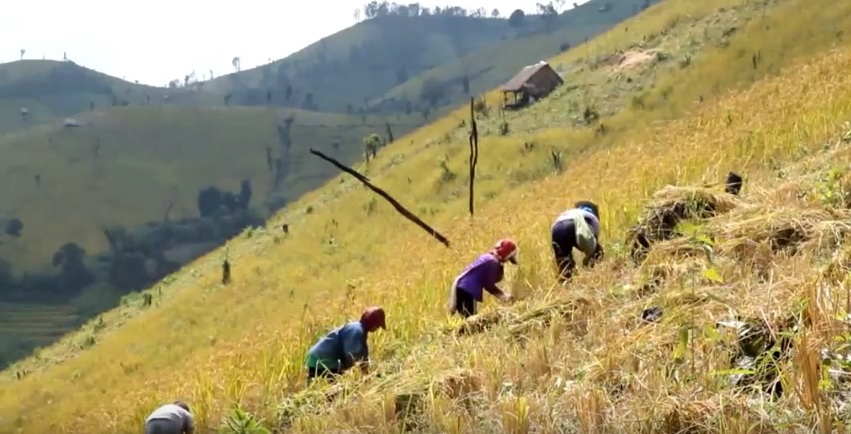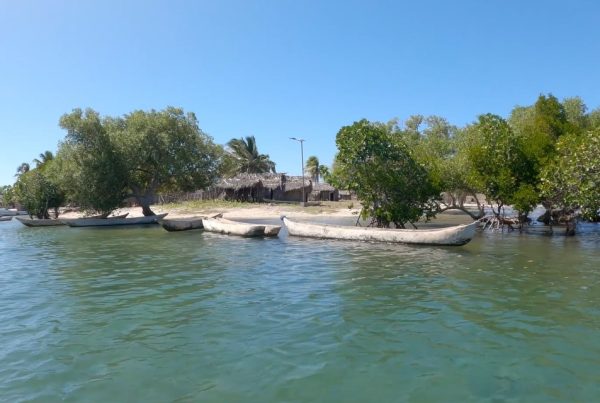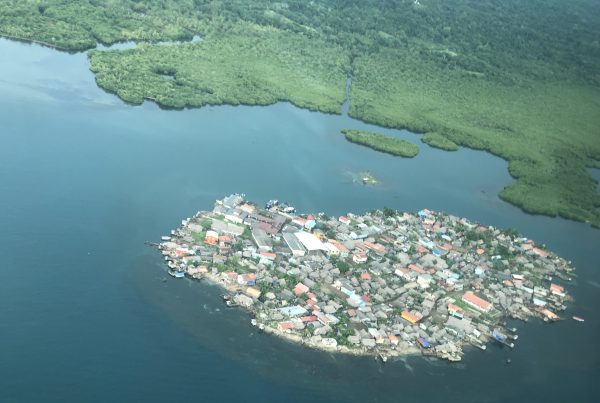The traditional land use system of the Lua (La-weu) peoples in northern Thailand includes different categories of conservation forests whose management and use is guided by various rules and agreements. They range from sacred forests, which can only be used for performing rituals, to forests where no trees are cut, and the only forms of harvest are gathering of timber and food. The Lua also practise rotational farming or shifting cultivation in areas which are unsuitable for rice paddy farming; each area is used for one year according to what is agreed in community meetings. The main crop is rice but many other plants are also grown in the fields. Land is cleared and dried for two months and then burned, but before burning, fire-break lines are cut near the fire protection forests to prevent spreading. When cutting the trees, the community members leave the stumps at a height of 60-100 cm and, after harvesting, trees sprout again from these stumps. This allows the forest to regenerate quickly. Land is left fallow for at least nine years. As a local leader explained:
”If you farm like this, the soil will remain healthy and the rice is good”.[footnote]IPF Channel. Community-Based Forest Management – Local Solution to Global Challenges. at <https://www.youtube.com/watch?v=fAz0_NlxMuM&hd=1>[/footnote]
Les traductions en français et en espagnol seront disponibles d’ici la fin du mois de mars 2022.
Las traducciones al francés y al español estarán disponibles a finales de marzo de 2022.



